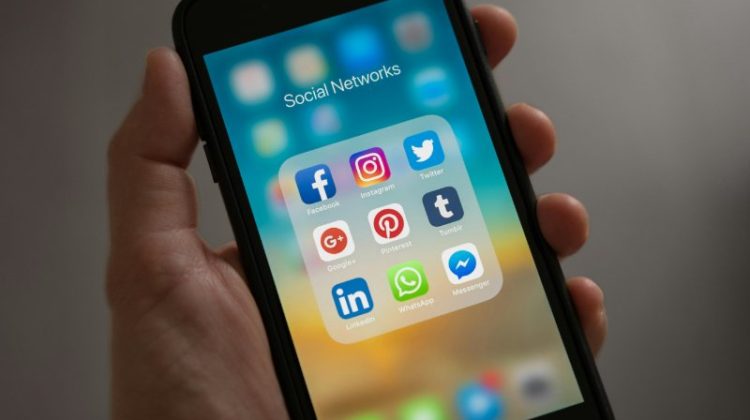Aside from spending time with family and friends, it’s no secret that the holiday season is a time for spending. According to the National Retail Federation the average American will spend $700 on holiday gifts, totaling more than $465 billion. For some retailers, holiday shopping can represent nearly 20% of their total sales for that year. However, with this increase in spending on products and goods as gifts, holiday shoppers must be aware of purchasing counterfeit items.
What is Counterfeiting?
Counterfeiting is the unlawful and intentional manufacturing or distribution of goods under someone else’s name or trademark. Counterfeit items are made with lower quality components than the genuine product and are created specifically to mislead the buyer into thinking it is real. It is a crime at both the Federal and State level and targets brands and companies that are either valuable or trustworthy. Some of the most counterfeited goods include consumer electronics, jewelry, footwear, purses, hand bags, and wallets.
IPR Seizures (2006-2016)
Source: U.S. Customs and Border Protection
Economic Impact
According to estimates by the Organisation for Economic Cooperation and Development (OECD), the sale of counterfeit goods is a global industry worth $461 billion and in 2013 represented 2.5% of the world’s economy. Although this share of the world economy may seem harmless, it provides a significant threat to the stability of many countries’ economies, especially the United States. The largest exception to this is China who is the primary infringer of intellectual property rights, providing a whopping 87% of all counterfeit goods coming to the United States.
Recent estimates by the Commission on the Theft of American Intellectual Property state that losses to the U.S. economy range between $225 and $600 billion each year and the theft of trade secrets alone represent at least half of that amount. These figures do not even include the full cost of intellectual property infringement and the litigation associated with it.
In addition to costing the United States over $1.2 trillion in economic damages over the last three years, these counterfeiting entities do not pay taxes. That revenue, which could have gone to local entities such as schools, municipal employees, and public works projects, is lost which puts more pressure on the individual American taxpayer. The US Chamber of Commerce further estimates that over 750,000 U.S. jobs are lost each year to counterfeiting, mainly in the manufacturing sector.
Other Dangers
Aside from the negative economic impact that counterfeiting can have, there can also be some real dangers associated with fake products:
- As stated above, counterfeit products are often made with cheaper, low quality, or even toxic materials which can put consumers at risk. Especially in the realm of children’s toys or consumer electronics, the failure of a product or unsafe materials can lead to a personal injury or sometimes fatal consequences.
- Counterfeiting tends to go hand in hand with child labor. In many counterfeiting heavy countries, young children are being exploited and working in sweatshop like conditions. Although the price of the goods is cheaper, you may be contributing to these types of inhumane labor conditions.
- Counterfeiting can be responsible for funding different types of organized crime. Income from counterfeit goods can serve as a means of laundering money, drug trafficking, purchasing firearms, and funding the daily activities of certain criminal gangs.
Identifying Counterfeit Goods
When looking to identify fake products, remember the “three P’s” – Place, Price, and Packaging:
- The validity of the place of purchase is easier to identify in person, but in today’s economy where most shopping is done online, it can be tougher to spot a fake website. Read the fine print and use the eyeball test to determine if a website looks out of place or has errors. Also exercise caution when purchasing items from from third party sites like craigslist.
- If the price is far below the market value, you should proceed with caution.
- Packaging that is low quality, contains errors, or is missing altogether is a red flag.
As we approach the holiday season, it may be tempting to purchase what looks like an expensive item at a greatly reduced price. Just remember that the money you may be saving can have many negative impacts, not only for businesses and the economy, but also for your loved ones receiving the product.





No Comment